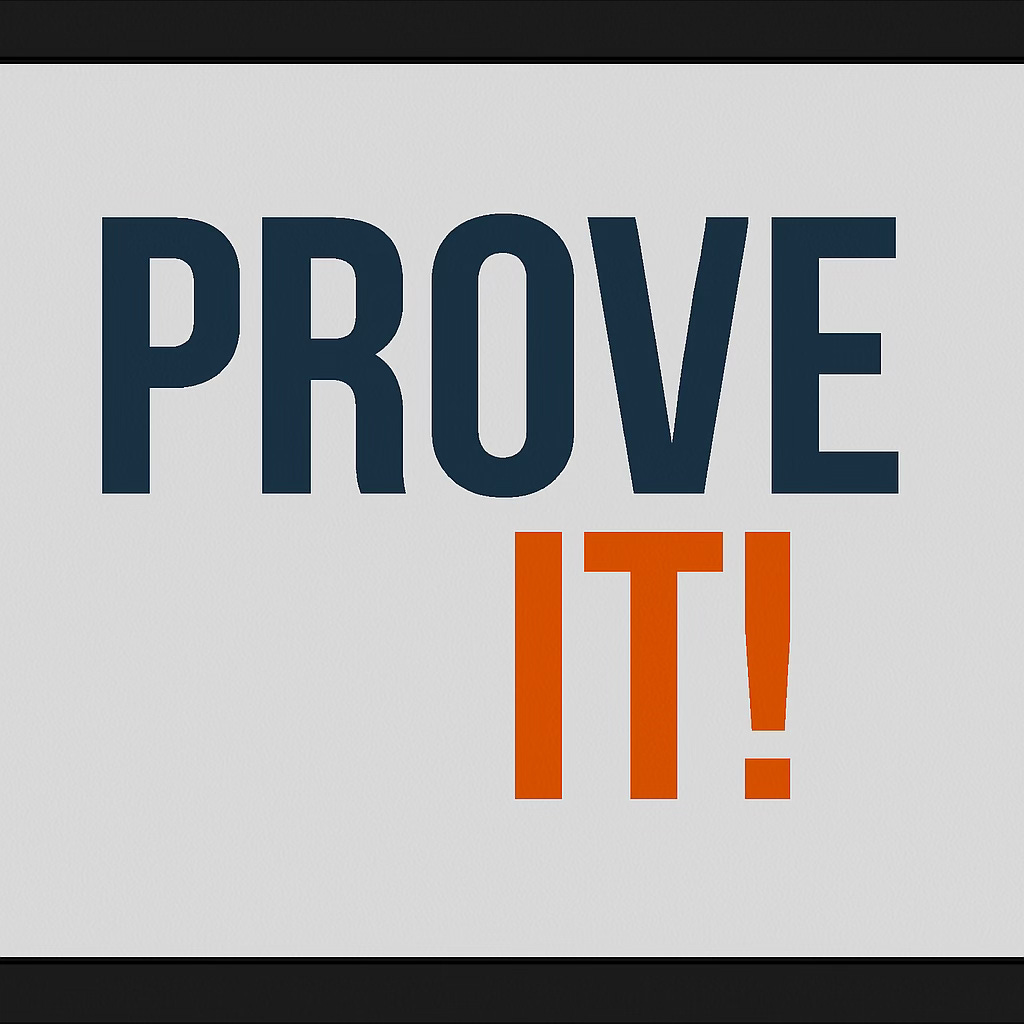The Most Dangerous Question in Innovation and Growth
And the Right Questions to Ask
Steve [Jobs] loved ideas, and loved making stuff, he treated the process of creativity with a rare and a wonderful reverence. You see, I think he better than anyone understood that while ideas ultimately can be so powerful, they begin as fragile, barely formed thoughts, so easily missed, so easily compromised, so easily just squished — Jony Ive
The hard part, the real job of innovation management isn’t to spot great ideas—it’s to protect them, especially when they’re at their most vulnerable. Because the early moments of an idea are when it’s easiest to kill and hardest to defend.
These aren’t bad ideas. They’re unproven. Unpolished. Unfunded. And in those early moments, what they need most is curiosity, not scrutiny.
But that’s exactly when the deadliest moment happens. Someone—often a well-meaning exec, a great traditonal operator, armed with spreadsheets and scar tissue—leans back and drops the two most dangerous words in innovation:
“Prove it.”
With that, momentum dies. Uncertainty becomes a dealbreaker instead of a design challenge. Teams retreat to the safe, predictable and the small. And just like that, another bold idea never sees daylight—not because it lacked potential, but because it couldn’t survive the wrong question at the wrong time.
Variations of "Prove It"
Rarely does a leader walk into a meeting and actually say, “Prove it.” The wording or framing is far sneakier—it’s the many variations of “prove it” that kill ideas and risk taking.
Here are just a few of the most dangerous:
“What’s the revenue forecast?”
“Will it work?”
“What’s the ROI?”
“What’s the budget?”
“Will this hit our hurdle ROIC measure?”
“What’s the business case?”
“What’s the payback period?”
“How does this align with current priorities?”
Each of these questions sound smart. But they’re often being asked at the wrong moment—when the idea is still a hypothesis. When the idea is fragile.
What is needed is to flesh out and test the idea — to fully consider it. Not issue a verdict. These are smart questions, just asked at the wrong time.
These questions aren't inherently bad. They just belong after clarity is established and critical risks are prioritized and tested. Ask them too early, and you're not driving rigor—you’re driving fear.
The Death of Innovation-by-Analysis
Roger Martin, author of “A New Way to Think: Your Guide to Superior Management Effectiveness” calls this out bluntly: “All data is from the past. You are making a gigantic assumption — that the future will be identical to the past.”
When strategy devolves into pure analysis, innovation, creativity, calculated risk taking dies. Because what we need isn’t past-proof. We need strategies and innovation that are future-proof.
This is the essence of Big Bet Leadership — Think BIG, bet small.
The job-to-be-done is to design competitive advantage. The job of innovating and creating competitive advantage is done with these four steps:
1. Create a theory of the future — this is the kernel of strategy Rumsfeld defined in his book Good Strategy/Bad Strategy.
2. Test, study and gain more information on the critical “things that must be true”.
3. Designing a sequence of calibrated moves.
4. Progress with calibrated risk taking, avoiding large commitments until you have a position of advantaged information.
This is the Big Bets System.
Protect the Fragile, Demand the Essential
Next time you hear a fledgling idea—a hallway pitch, a back-of-the-napkin sketch, a crazy hypothesis—don’t reach for your red pen.
Don’t say “prove it.”
Ask these questions:
- “What’s the specific and detailed customer problem?
- “ What could be our unique advantage in solving it?”
- “What are the critical assumptions, risks and proof points required?”
- “Can we create both a value proposition advantage and advantaged economics?”
- “How do we study, test and experiment the critical concepts with abnormal speed?”
These are the essential questions that protect a fragile idea, instead of squashing it.
And you become a Big Bet Legend.
Onward!
John
About The Digital Leader Newsletter
This is a newsletter for change agents, strategists, and innovators. The Digital Leader Newsletter is a weekly coaching session focusing on customer-centricity, innovation, and strategy. We deliver practical theory, examples, tools, and techniques to help you build better strategies, better plans, and better solutions — but most of all, to think and communicate better.
John Rossman is a keynote speaker and advisor on leadership and innovation. Learn more at www.bookjohnrossman.com





Thanks John again for your insights and I am just realizing that I need to back and re-read Big Bet Leadership. I need to use your approach in the launch of my big bet, Changing the Face of Finance, and while it is small it is definitely a Big Bet for me!!